I arrived in Dubrovnik in the evening and had a chance to explore the old city in the glow of lamplight as I conveniently had booked a small apartment off of the Stradun (main street) to stay. Dubrovnik is charming at night, but it does get busy with tourists from cruise ships. There are many places to have a meal, and there are a couple of ice cream parlours on the Stradun; one of these was just outside the apartment. I discovered a restaurant selling slices of pizza, and this was enough for my evening meal on most days. I enjoyed these pizza slices as they tasted exactly like pizza slices I would get in the mall in the city I was born in (in Ohio).
On some evenings, Dubrovnik is especially magical as several flames are lit around the city, and the shadows dance on the golden walls of the buildings. There were flames outside of the Rector's Museum and a restaurant, and it made the experience more magical. It was fairly cool that evening, and the fire was welcoming to cold hands!
I spent the first full day exploring the ancient walled city of Dubrovnik, which is often referred to as the "pearl of the Adriatic". The city can be explored in a day, but it does get busy with tourists, as I experienced in my first evening, as it is on the cruise route. In fact, I found Dubrovnik to be busiest in the evenings.
The city is the most charming in the early morning when very few are around. Groups of tourists start to arrive just before 8:00, and delivery vehicles park up to unload before then. Dusk is picturesque if staying out late enough and the busiest areas are avoided; the glow of the lamps on the shiny and well-trodden cobbled stones is romantic. As tourist groups start to arrive around 8:00 in the morning, it is worth visiting before this as this provides an ample opportunity to take photographs without so many people in them. The chimes of the clock are also more noticeable, so you are able to absorb the atmosphere. Staying in the apartment on Stradun was perfect for seeing Dubrovnik in the quiet and for people-watching.
The Stradun is picturesque with spires of clock towers and the monastery on either end, and the buildings along it are look the same: light brown stone and shutters that are all the same shade of green.
The first event of the day was to walk the city walls, which can be done in about three hours, with a stop off for a drink overlooking the sea on the southern walls and a visit to the Maritime Museum. The views from the walls are beautiful, and the walk was best done earlier as the walls do get quite busy as the day progresses. The views are amazing, and one can sit and watch the cruise ships. The cruise ships cannot go into Dubrovnik harbour, so they wait outside and ferry passengers into the harbour on smaller boats. I watched fishermen in wooden boats, and I saw one catch an octopus (or something similar to an octopus).
While in Dubrovnik, I also visited the Rector's Museum and viewed photographs of the city under attack. I visited the aquarium and took a trip up the cable car for amazing views over the city.
I stayed in the city for four nights, with one day to explore the city and two days to go on excursions. (Dubrovnik is a good base for day trips to other places, such as Montenegro and Bosnia and the islands.) A trip to the cable car is also necessary, and this is best done in the morning as well, avoiding the crowds. Do note that coaches of tourists start to arrive bang on the opening time, and these continue in the morning. Tour buses bring people to the base of the cable car as soon as the cable car opens, so arrive early, but note that it is a popular attraction, and the numbers of tourists will be a slight issue to visitors. (Perhaps later in the day is not as busy.)
Overall, Dubrovnik is a charming city and offers much in culture and architecture, but do note that it is a very touristy place. The old city is picturesque. Generally, the Croatians seem to be quite friendly and helpful.
During my walk on the old city walls, I discovered ruins of other buildings and gardens. The walls are extremely tall in some places. This area faced the open sea.
This view of washing hanging out to dry was taken from the old city walls in Dubrovnik.
A cruise ship is anchored outside of the old city of Dubrovnik, and I captured this photograph from the old city walls. I also captured the view of the Dominican Monastery's layers of stairs from the city walls.
The Franciscan Monastery and the fountain are bathed in the evening glow. The fountain suffered in the 1990s war, and it was fortunately rebuilt.
A fisherman fishes outside the old city walls of Dubrovnik.
This cute tabby cat entertained me during my lunch in an outdoor cafe. I preferred her company to the pigeon that huddled around the square. There are many cats in Dubrovnik, and all seem to be looked after by the locals feeding them fish. This tabby had recently had kittens.
The Stradun, main street in Dubrovnik.
I liked this white-washed chimney, which I captured in a photograph from the city walls.
The Stradun buildings look the same, and the window shutters are all the same shade of green. The spire is of the Franciscan Monastery.
I saw this fish in Dubrovnik Aquarium; it blended into its surroundings.
The clock tower and Franciscan Monastery and the length of the Stradun feature in my first photograph. The Dominican Monastery tower and a cruise ship feature in the second photograph.
Old city, Dubrovnik
The cloisters of the Franciscan Monastery and a single yellow rose in the garden
A fisherman catches a fish outside Dubrovnik's city walls.
Dusk comes to Dubrovnik, and the lights begin to glow.
The sun sets behind the Franciscan Monastery on the Stradun, Dubrovnik.



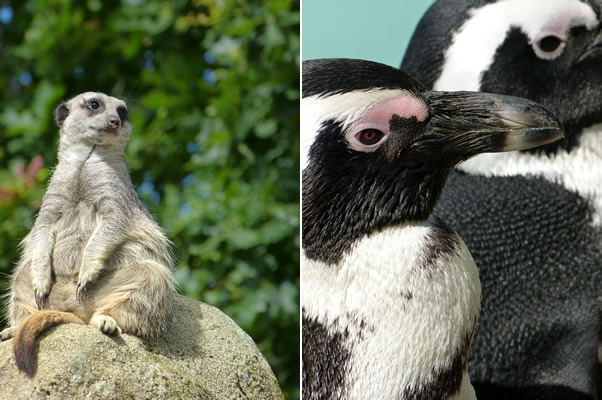
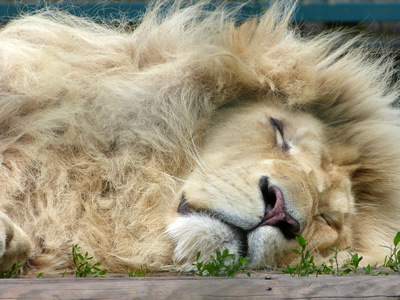

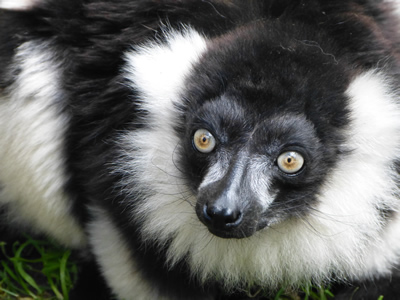
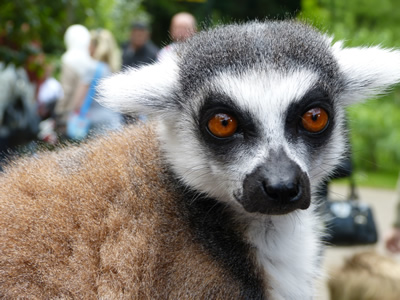
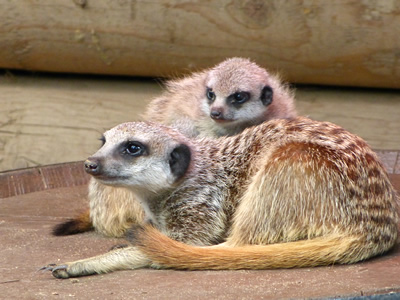


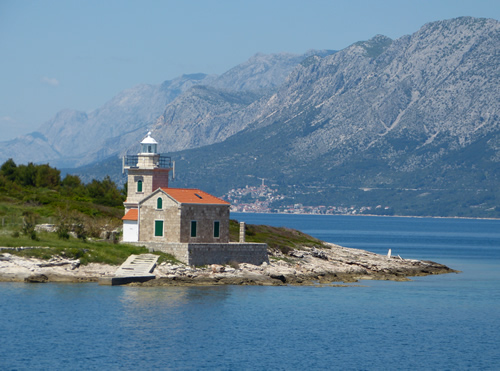
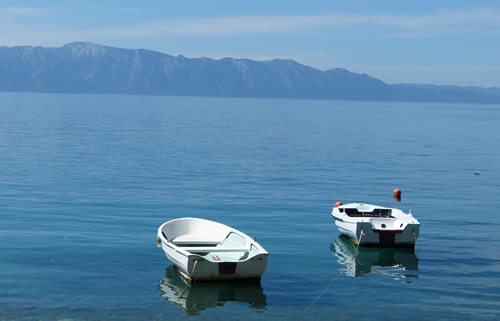
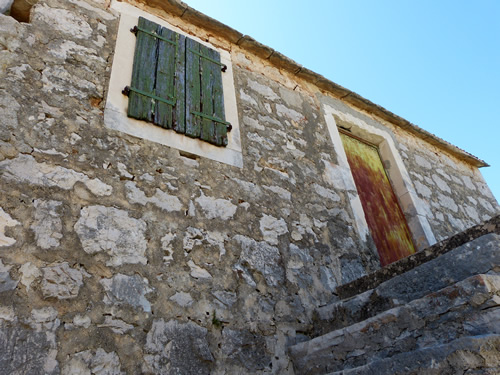
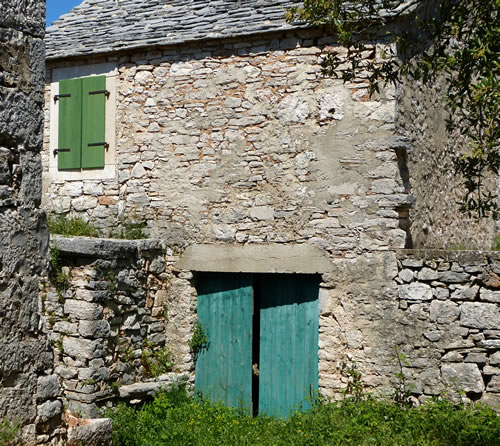
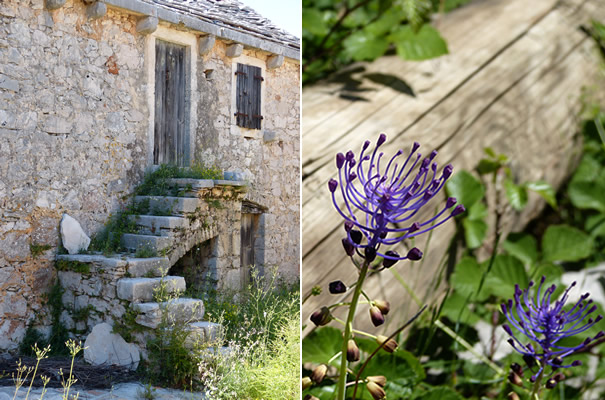
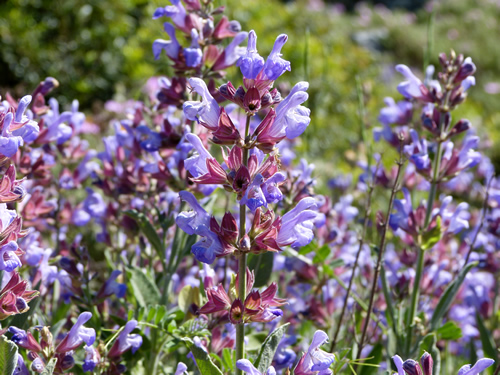
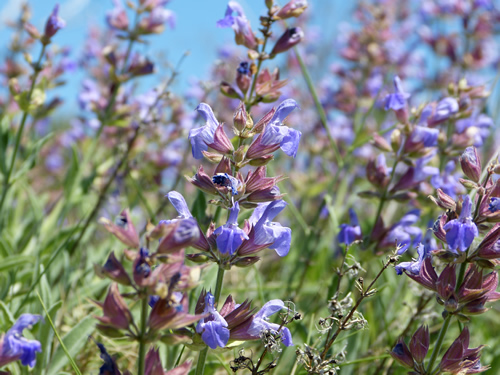
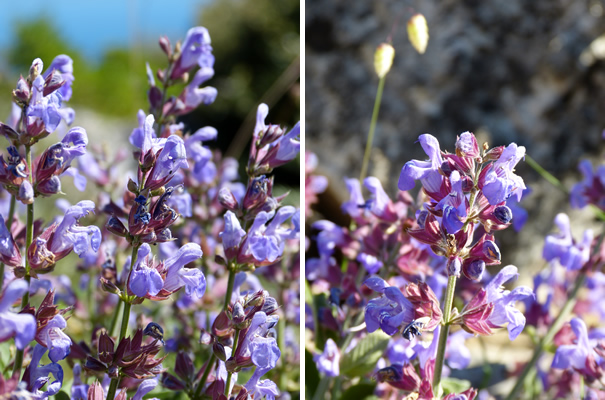
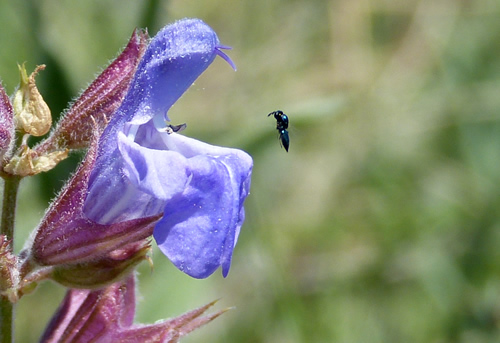
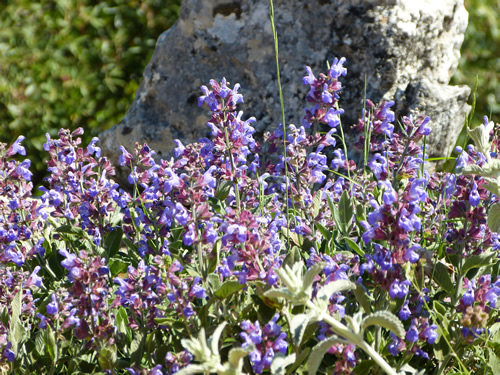
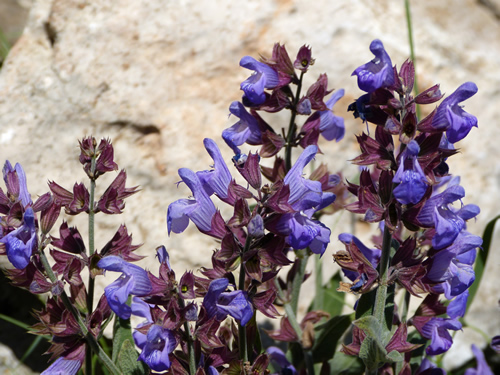
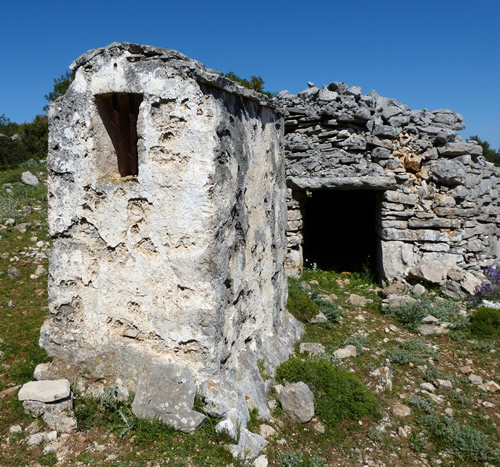

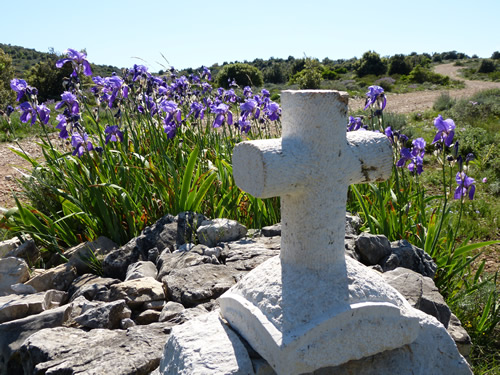
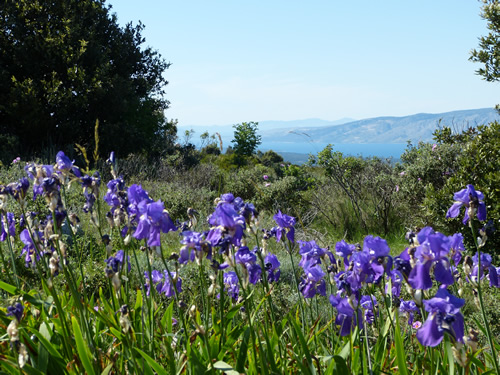
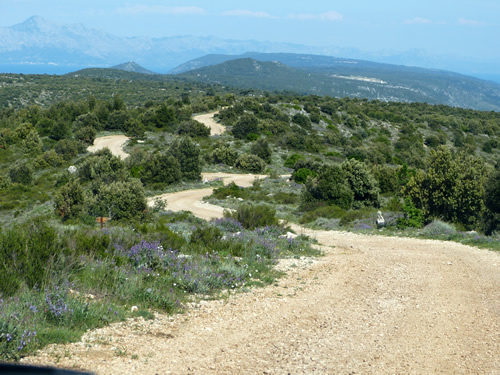
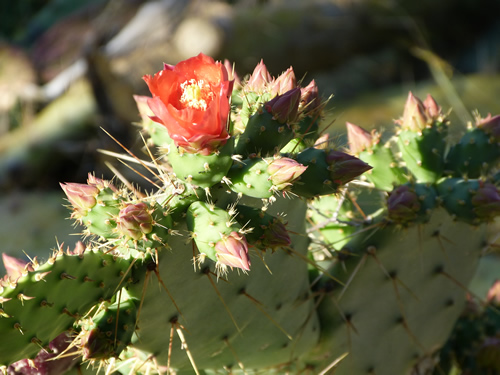
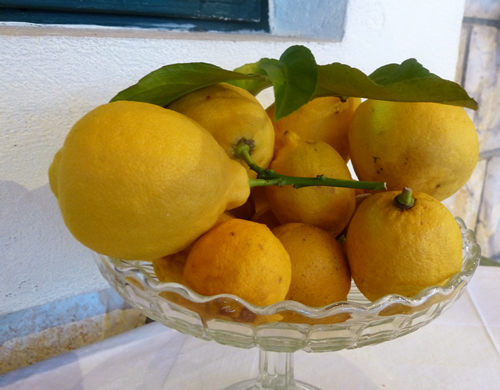
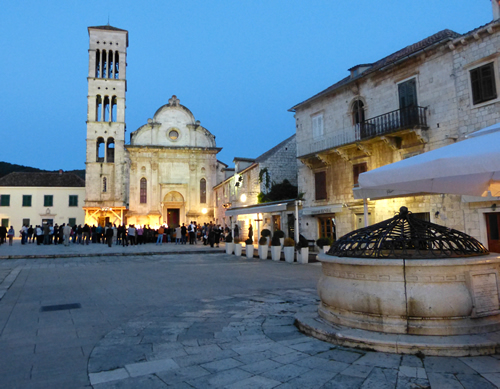
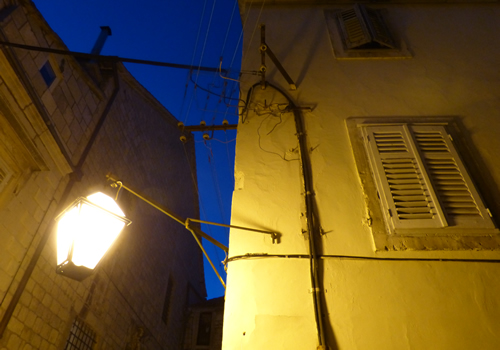
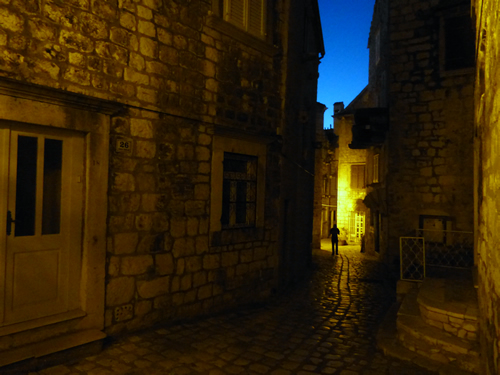
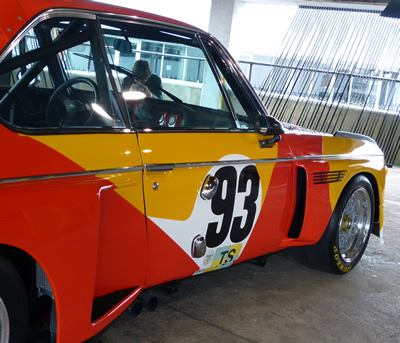

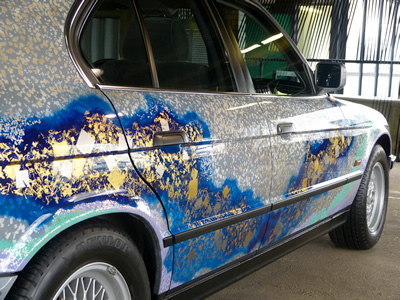
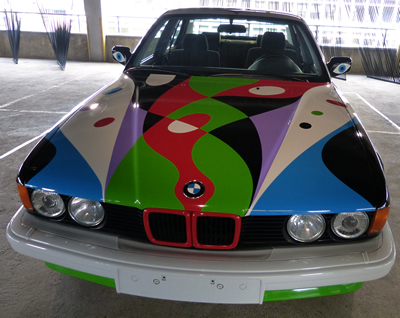
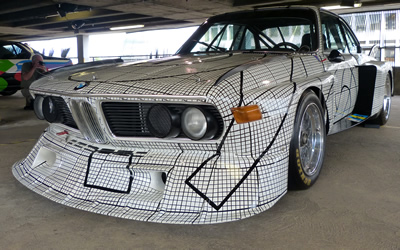
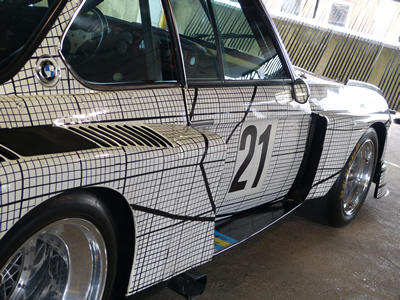
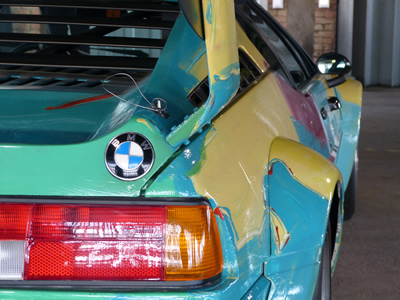
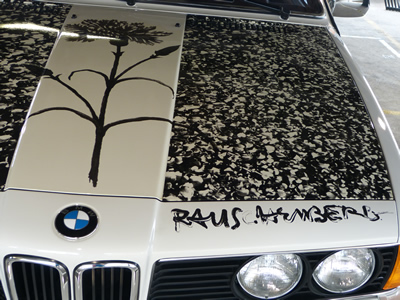
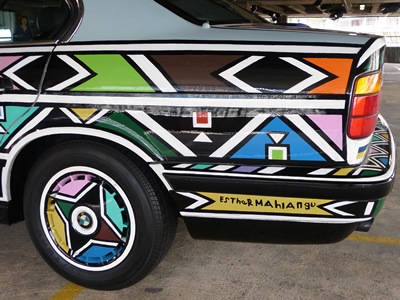
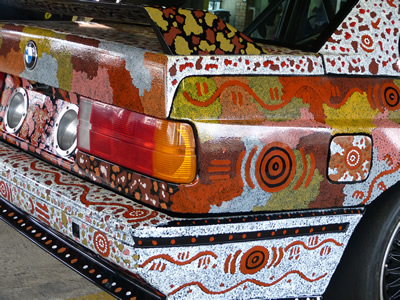
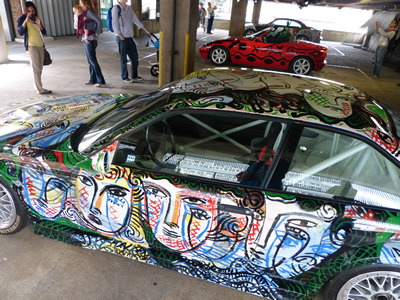
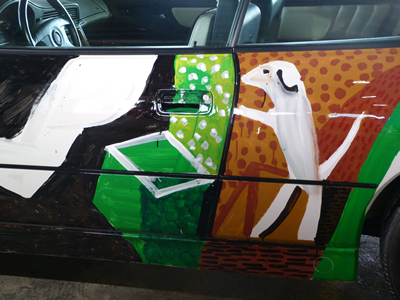
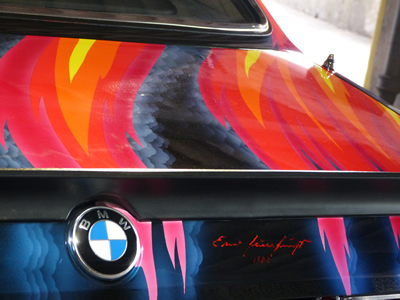
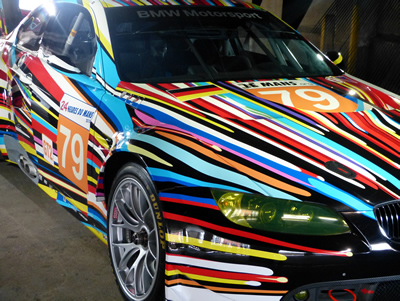
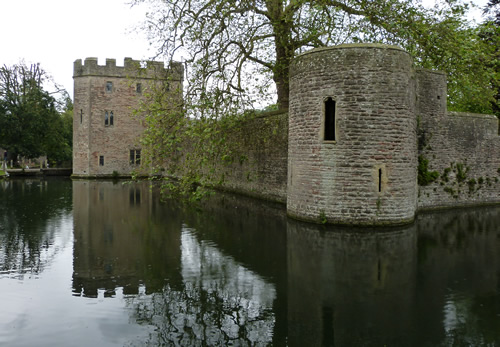
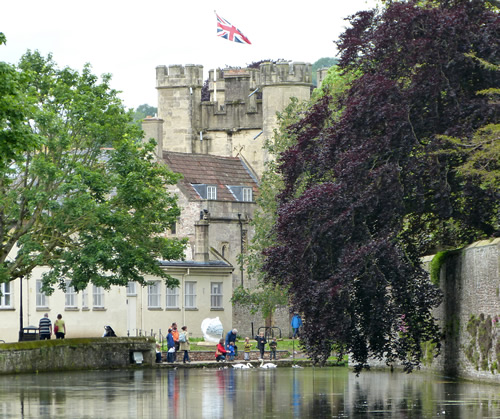
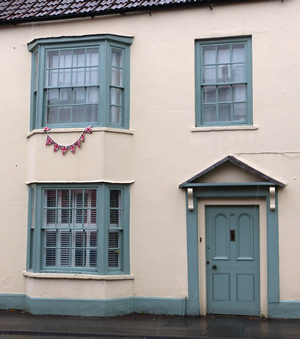
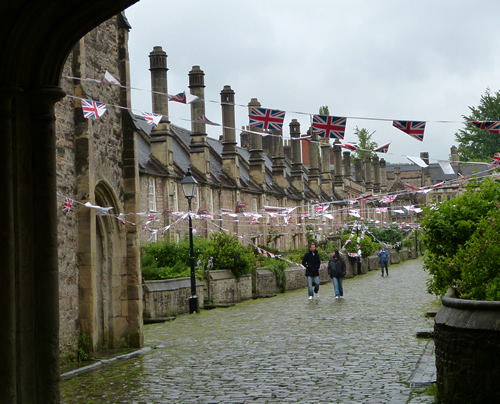
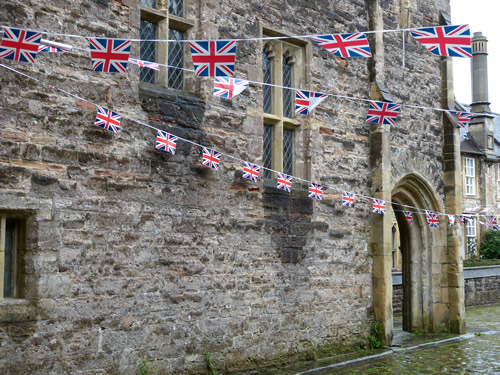
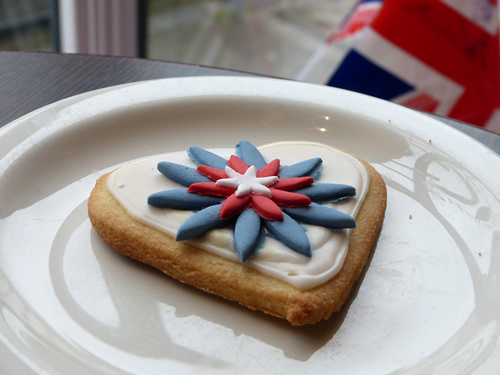
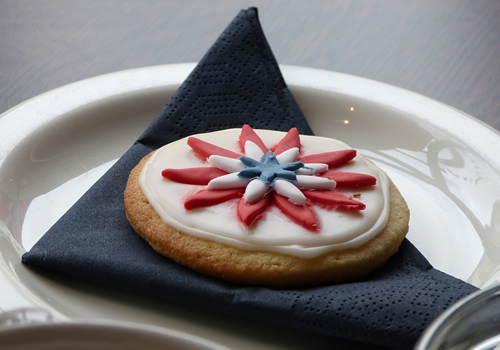
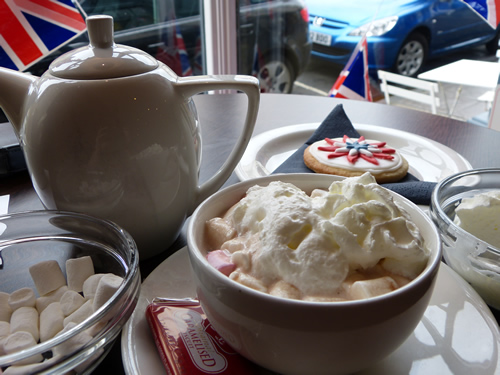
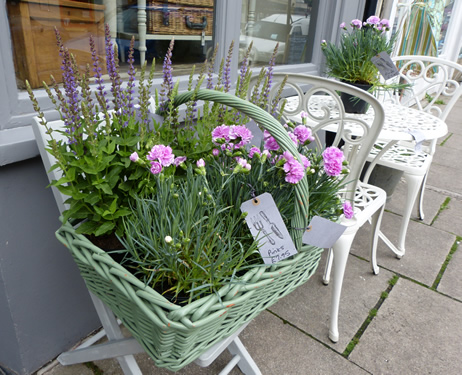


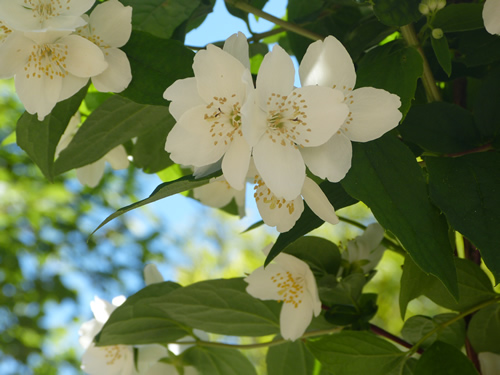
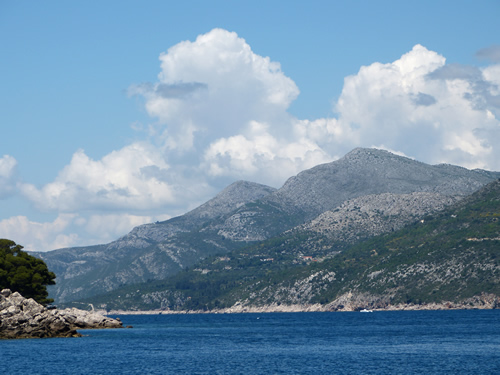
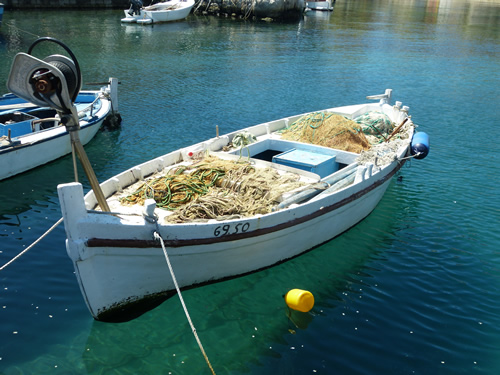
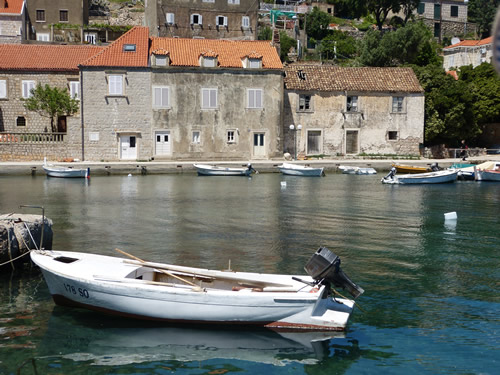

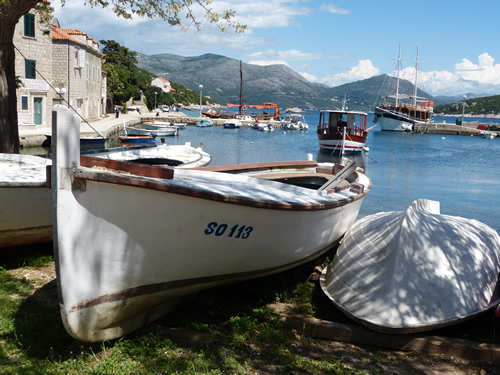
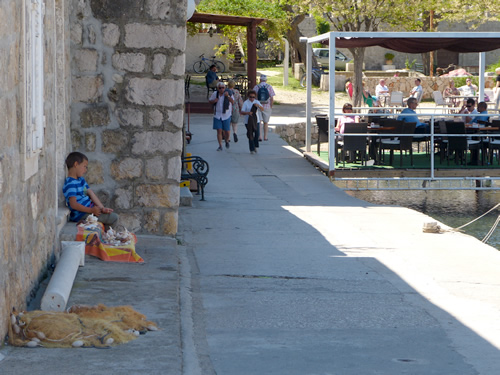
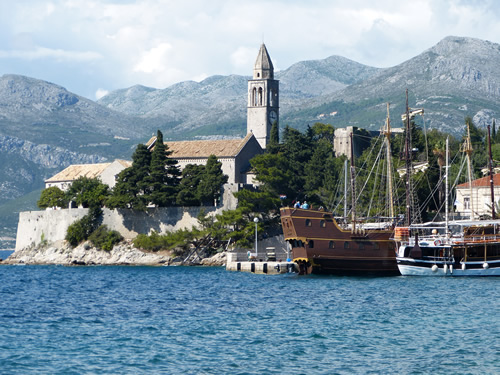
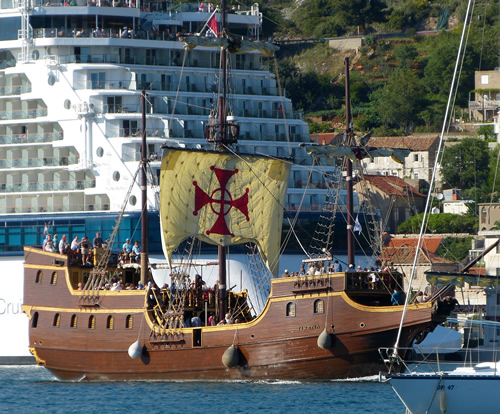
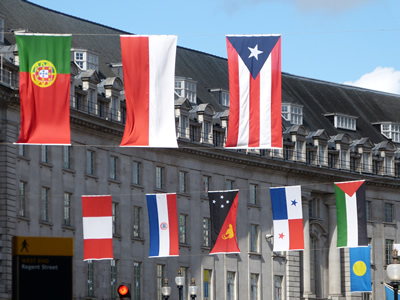
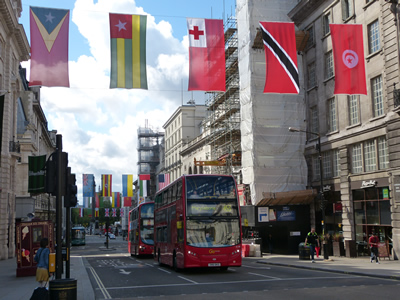
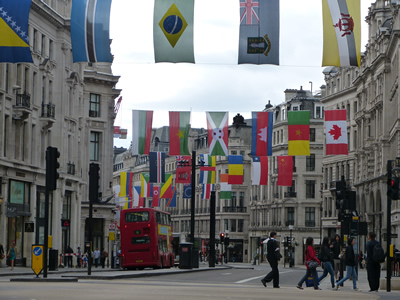
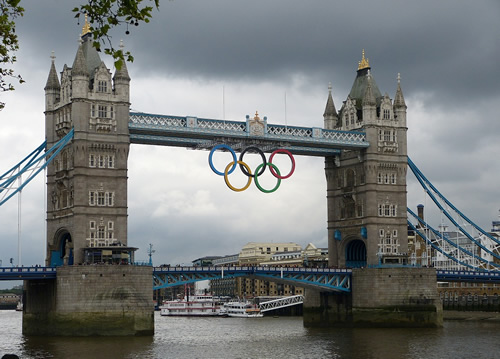

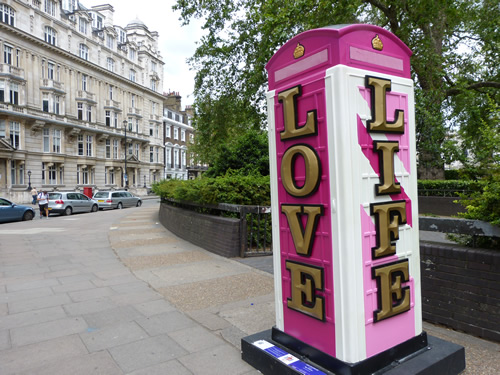
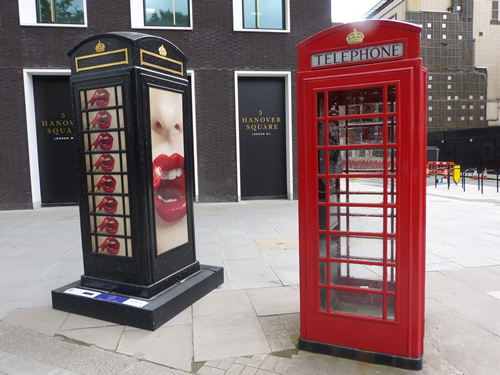
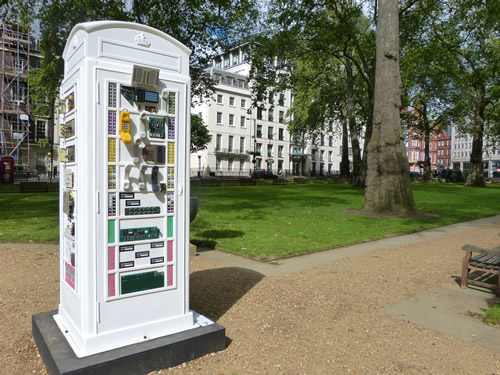
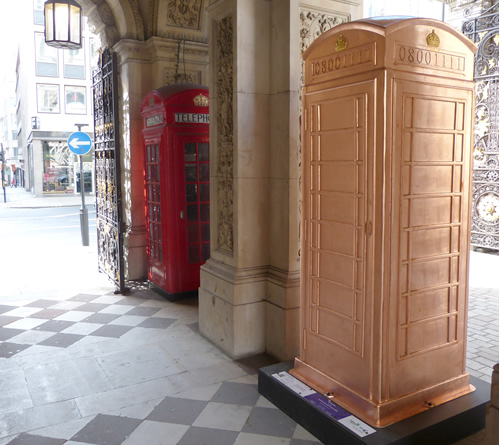

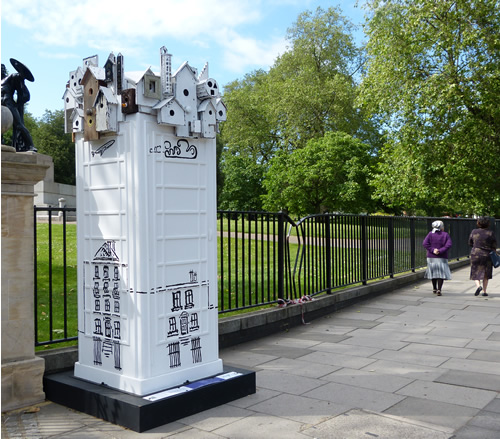

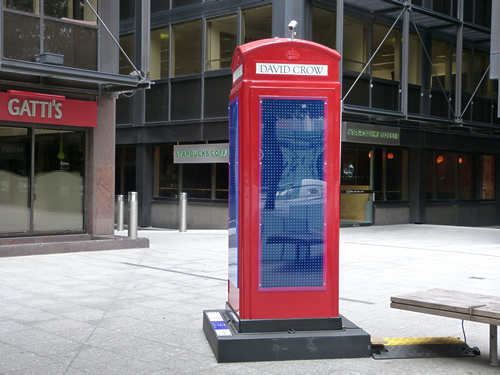
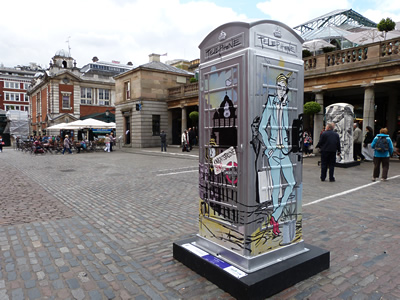
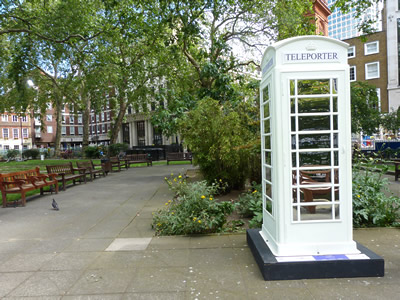
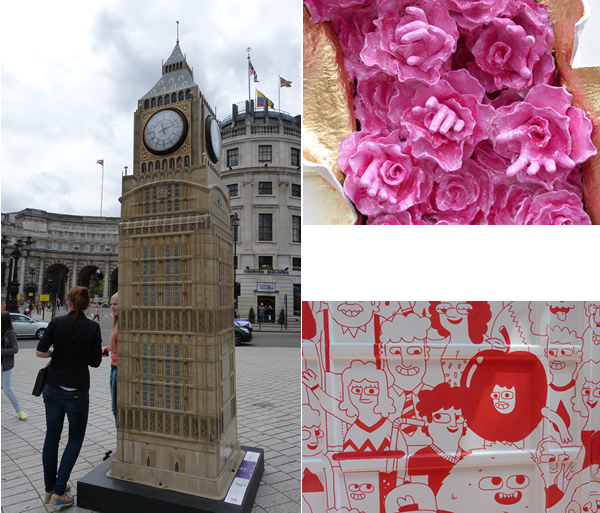
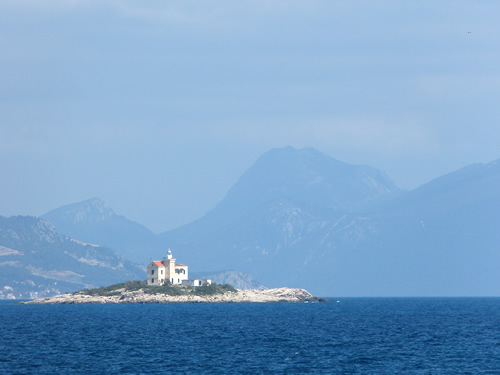

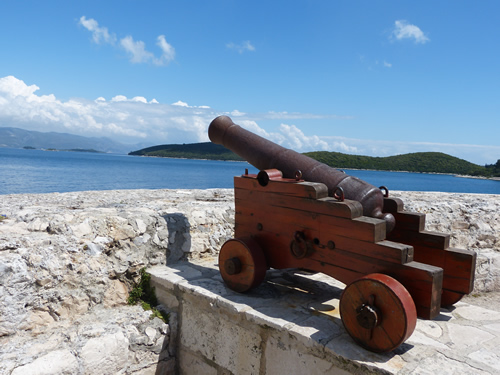
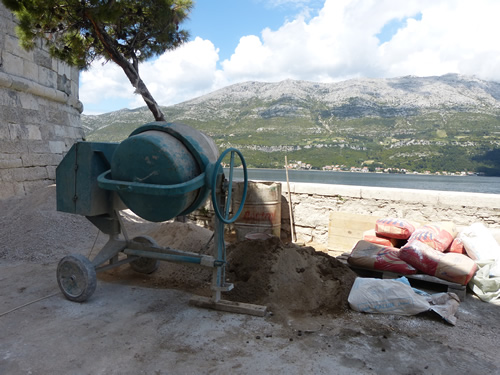

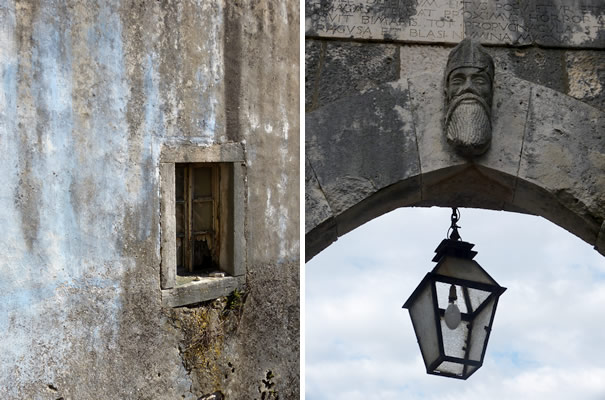
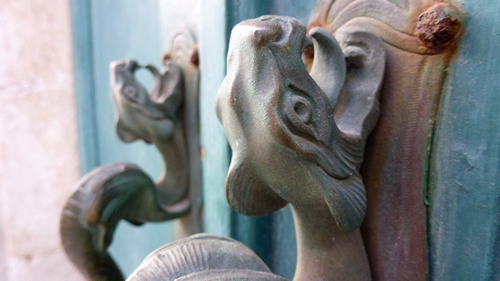

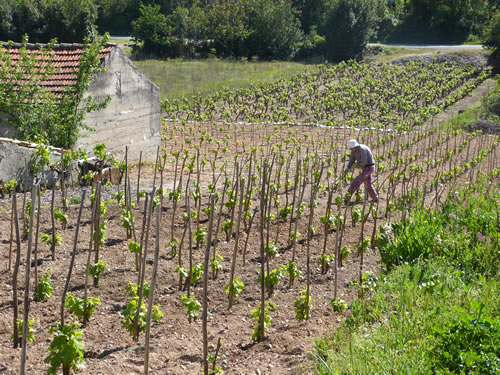



















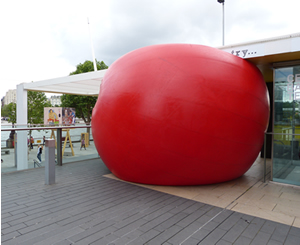
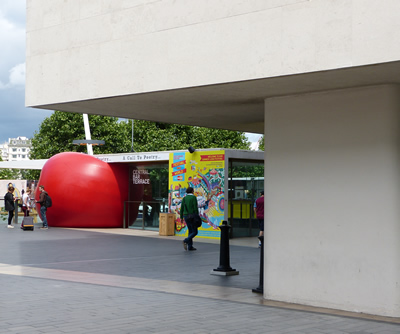
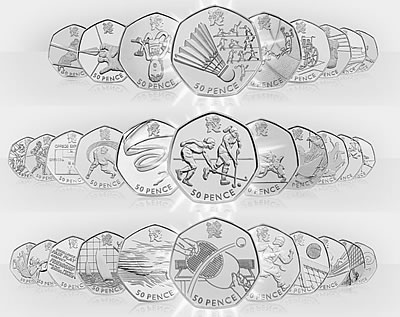
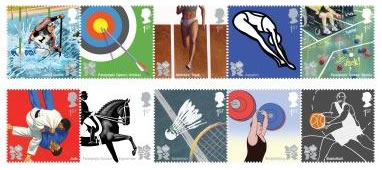

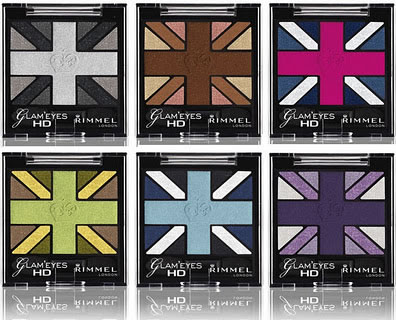
Recent Comments